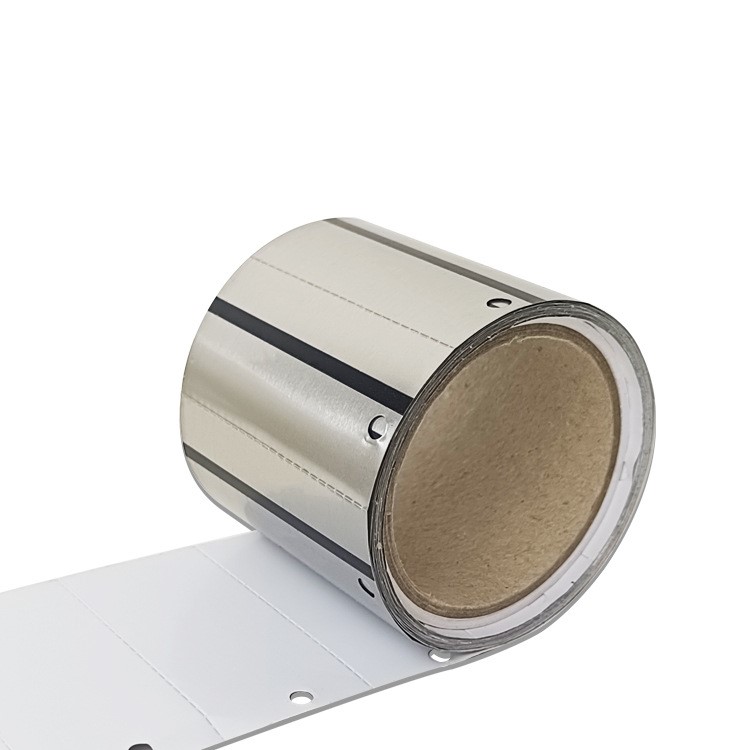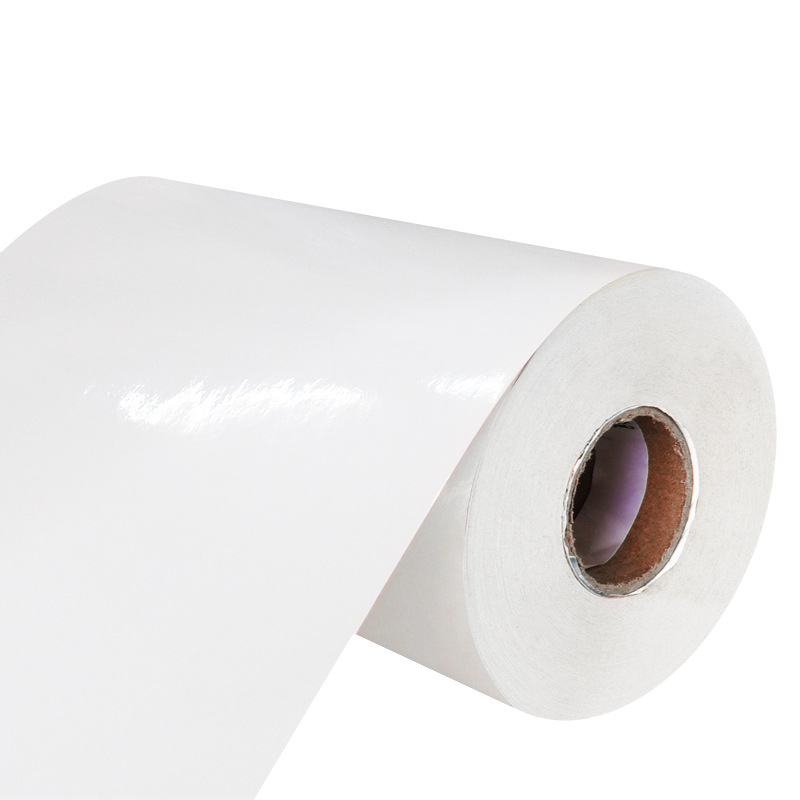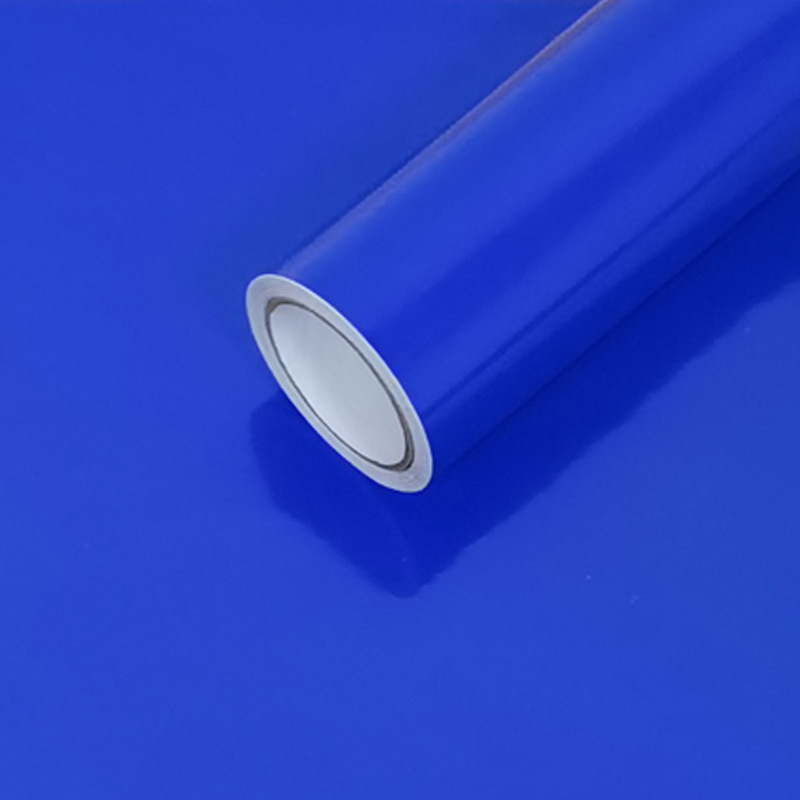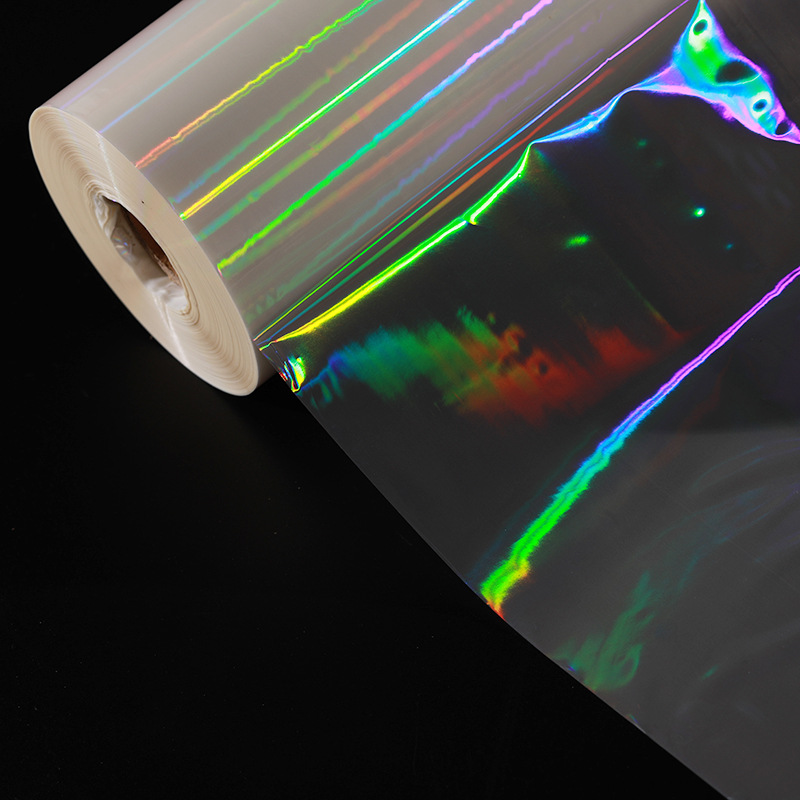Is the service life of temperature sensitive stickers related to temperature?
The temperature sensitive stickers are embedded with special temperature sensitive materials inside, which are extremely sensitive to temperature and can undergo color changes at specific temperatures, thus intuitively reflecting the temperature changes. However, this temperature sensitive material is not permanently unchanged, and its performance gradually deteriorates with changes in time and temperature. In high temperature environments, the temperature sensitive material of temperature sensitive stickers may accelerate aging, leading to a decrease in temperature measurement accuracy of the stickers, or even complete failure.
The service life of temperature sensitive stickers is greatly affected by temperature. In order to maintain the accuracy and reliability of the stickers, users should try to avoid exposing them to high temperature environments beyond the rated temperature range and follow the product instructions for proper use and storage. At the same time, regularly replacing temperature sensitive stickers is also an important measure to ensure the accuracy of temperature measurement.

Introduction to Biodegradable Stickers
Anti tamper electronic tag is a passive intelligent tag that complies with the ISO18000-6B electronic tag standard. The tag has long-distance recognition and high-speed anti-collision mechanism, and can be applied to intelligent weighing management, non-stop toll management of highways (roads and bridges), license plate anti-counterfeiting recognition management, vehicle grouping and scheduling management, intelligent parking lot management, port entry and exit vehicle inspection management, and port container management, among many other fields
1. Anti tear labels and stickers can prevent human damage during the process, prevent products from being opened by others, and ensure that products can be delivered to consumers in good condition. Anti counterfeiting labels that can effectively improve the packaging quality of products can highlight product quality and prevent others from counterfeiting
2. Long distance recognition, high recognition sensitivity, fast speed, high anti-counterfeiting and anti disassembly performance. The product is installed and used on anti-counterfeiting and anti-theft products, and has a unique identification code. At present, there are many types of anti-counterfeiting labels on the market, and the anti-counterfeiting technologies applied to different categories of anti-counterfeiting labels are also different
3. Used for making tamper proof labels and seals, widely applicable in logistics, aviation, express delivery, documents, letters, warehousing and other fields. Specifically, it involves an anti tamper and anti-counterfeiting label. Traditional anti tamper and anti-counterfeiting labels are printed with a layer of full-color or graphic information directly using ordinary ink on anti tamper materials, mainly used in product packaging
4. Attach anti-counterfeit sealing labels to the sealed areas of objects to prevent unauthorized access and theft of documents, emails, and packages, and to identify unauthorized or illegal opening of sealed objects. Widely applicable in fields such as IT, electronics, electrical appliances, pharmaceuticals, chemicals, and shopping malls, anti peel labels are affixed to products to prevent them from being lifted and reused

Biodegradable sealing sticker
Biodegradable labels are products made of cellulose paper and adhesive; It has the functions and characteristics of traditional plastics, and can be completely degraded into carbon dioxide, water, methane, and mineralized inorganic salts under natural conditions (such as soil, sand, seawater, etc.) or specific conditions (such as composting conditions, anaerobic digestion conditions, or aqueous culture media, etc.) by microbial action (such as bacteria, molds, fungi, and algae, etc.) after reaching the end of its service life. Ultimately, it will re-enter the ecological environment in a restored form, returning to nature without generating microplastic substances that may affect soil health. And it only takes one year to fully degrade, compared to labels made of ordinary polypropylene materials that take 20-30 years to fully degrade, and the degradation rate is affected by the soil environment
“ Approximately 80 billion pieces of clothing are manufactured globally each year, with 90% of them using plastic materials to fix price tags and product information labels. The main driving force behind our innovation is that in the clothing market, brands, retailers, and consumers are increasingly valuing environmental protection and sustainable development. In the future, we will continue to develop more environmentally friendly label solutions
In the post pandemic era, new consumer demands are emerging and a new consumption structure is accelerating. People are paying more and more attention to maintaining health and a strong physique, and are also placing greater emphasis on the safety, comfort, and environmental sustainability of clothing itself. The epidemic has made people more aware of human fragility, and more and more consumers have higher expectations for brands in terms of environmental protection and social responsibility
Degradation principle of biodegradable materials
The degradation principle of biodegradable materials mainly involves the comprehensive effect of microorganisms and their secretions under enzymatic or chemical decomposition. Specifically, the degradation process typically includes the following key steps:
-
Microbial secretion of hydrolytic enzymes: Under suitable conditions, bacteria, fungi, algae and other microorganisms in the soil will secrete hydrolytic enzymes outside the body, which can bind to the surface of the material.
-
Hydrolysis: Through the catalysis of hydrolytic enzymes, the high molecular weight chains on the surface of the material are cleaved, resulting in the formation of small molecular weight compounds.. This process is the core link of degradation, which gradually transforms polymer materials that were originally difficult to decompose into low molecular weight substances
-
Microbial Metabolism: Low molecular weight compounds generated by degradation are subsequently ingested by microorganisms, and through a series of metabolic processes, these compounds are ultimately converted into microbial biomass or energy for microbial activity, and discharged into the environment in the form of water and carbon dioxide.

500um engineering tire vulcanization label
Excellent high temperature stability, able to withstand the heat and pressure of tires during high temperature and sulfur treatment (up to 210 ℃)
Excellent durability and wear resistance
Excellent chemical corrosion resistance: Strong waterproof, acid resistant, salt resistant, alkali resistant, most petroleum oil stains, oils and low-fat solvents, adhesives can penetrate into the concave surface and firmly bond to the softening agent that penetrates the tire surface. When the car is in operation, the barcode will not fall off on its own, and manual peeling will not damage the rubber on the tire surface
Excellent barcode/heat transfer printing effect, combined with Xiyan VR-30 carbon ribbon, ensures 100% accurate reading and scanning on the high-speed conveyor line before and after vulcanization
Excellent adhesion: When the tire is removed from the mold, it has strong flexibility to withstand tire deformation
| Physical properties | Testing Method | Average test result | |
| Thickness | ASTM D1000 test | US units | Standard unit |
| Substrate | 0.012in | 0.480mm | |
| Adhesive | 0.0010in | 0.026mm | |
| Total | 0.0108in | 0.51mm | |
| Initial adhesion (sticking to steel ball) | ASTM D3759 test | Approximately equal to 3 # steel ball | |
| Adhesive strength: | FTM8 test | >12 hours | |
| Temperature range | -40 to 428° F (-40~220° C) | ||
| Save expiration date | 73.4° F (23° C) Under 60% relative humidity, it is 1 year | ||
| UL index number | To be tested | ||
| UL testing carbon ribbon | OwnLikes VR-30 | ||
All SI units are calculated from the commonly used units in the United States
We offer comprehensive technical support, including free professional labeling solutions, advice on label materials and adhesive selection, as well as online/offline assistance from professional software and hardware engineers. Service email: andy@ownlikes.cn. In pre-sales, we leverage our extensive experience in specialty labeling projects to provide clients with the most suitable hardware solutions. Additionally, all our label barcode printers and scanners come with a three-year free warranty, demonstrating our confidence in our products.






This site is protected by reCAPTCHA and the Google Privacy Policy and Terms of Service apply.